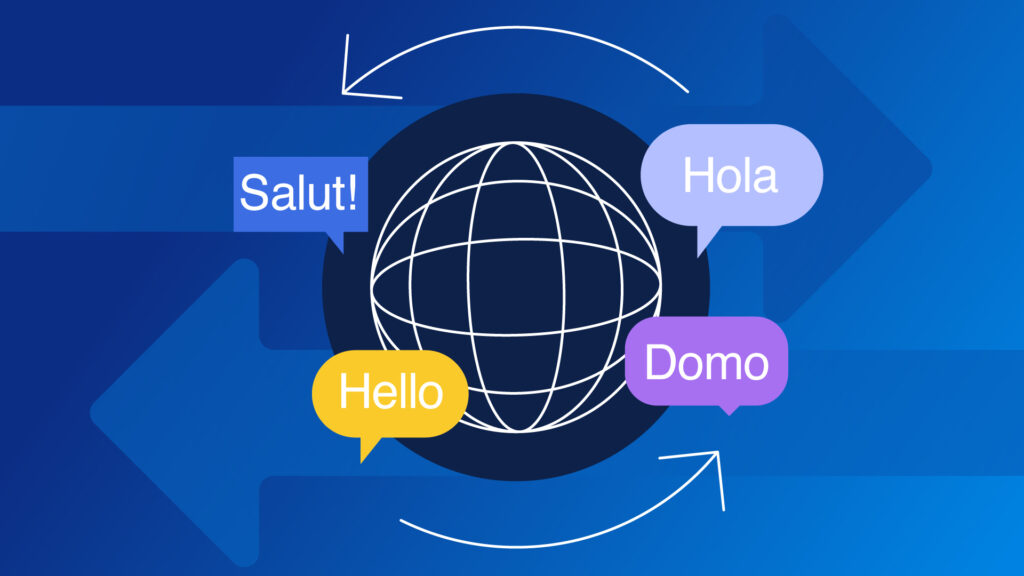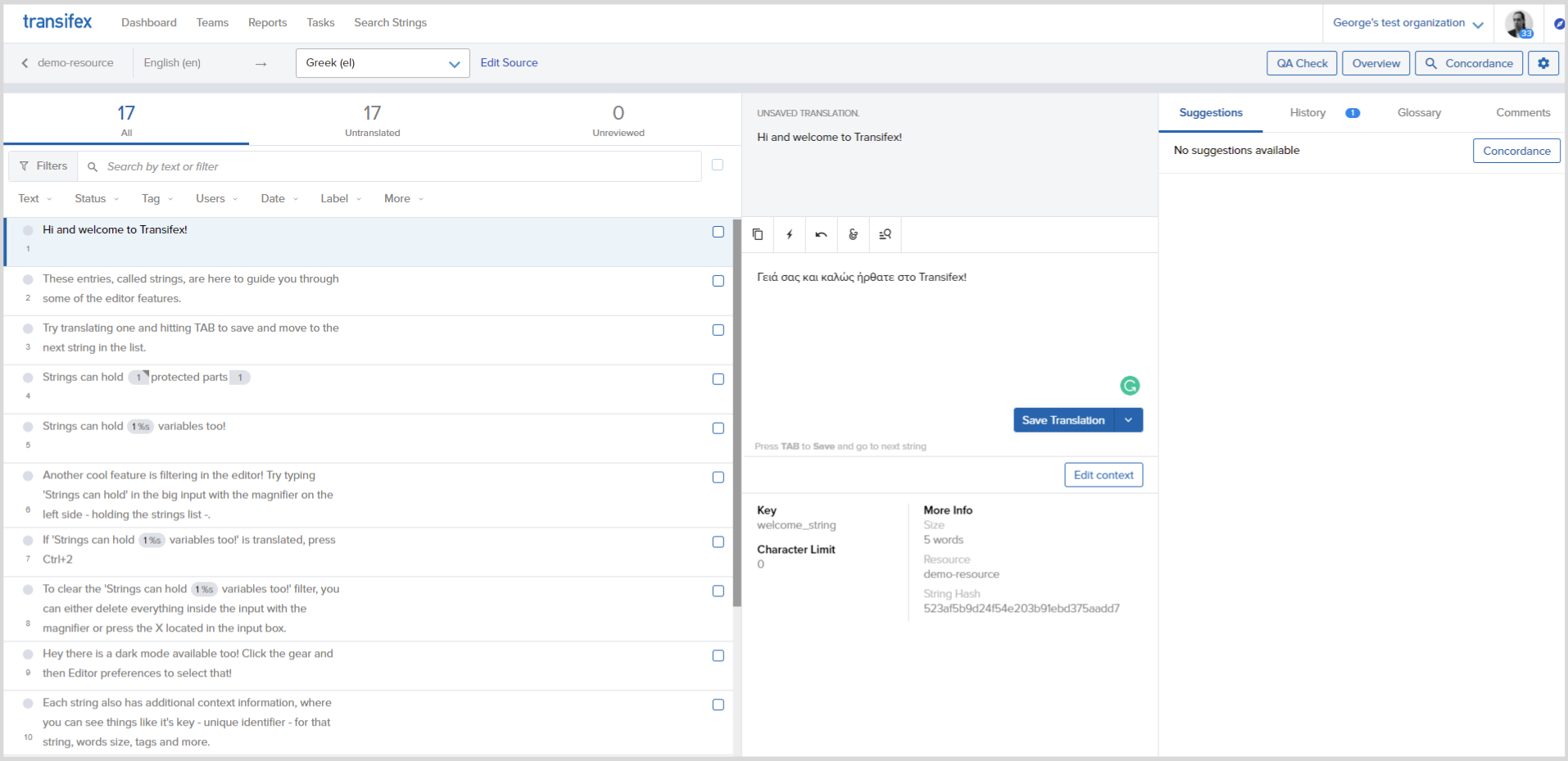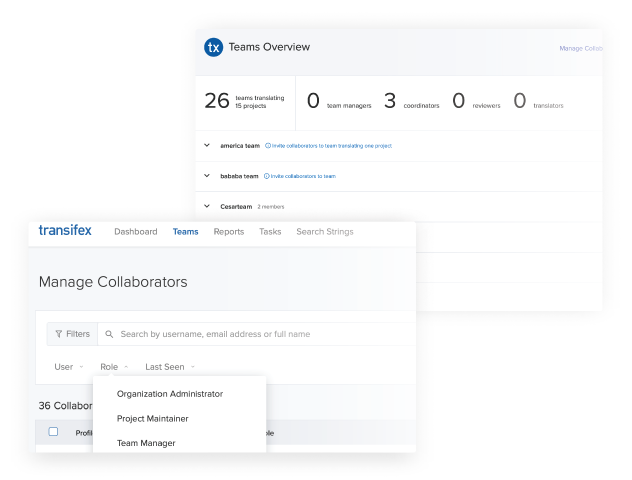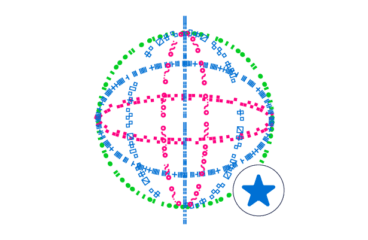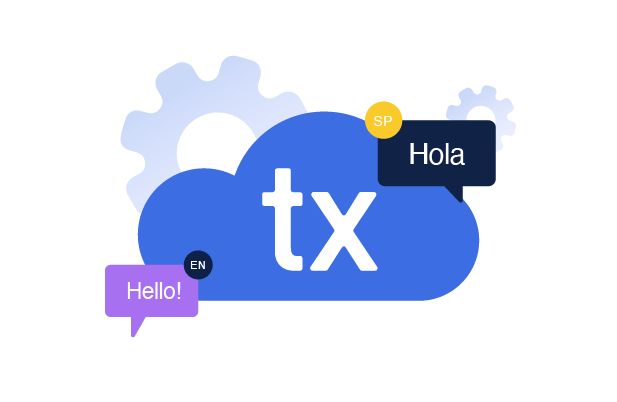
Why a Cloud-Based Translation Management System is Better
Most kinds of software are moving to the cloud nowadays, including localization software. Cloud-based Translation Management Systems are more or less the norm now, and for a good reason.
Several good reasons, actually. Here is why a cloud-based Translation Management System is just better than the on-premise alternative!
What is a Cloud-Based Translation Management System?
Software, in general, can be either on-premise, meaning that you have to install it on your device, or on the cloud, meaning that you can get access to it directly via an internet browser. And that includes Translation Management Systems.
A TMS, as the name suggests, is a piece of software that you can use to manage all of your content regarding translations, as well as the team behind it. And there are multiple tools in it that you can use to do that.
As far as the cloud part is concerned, Transifex, in particular, has always been a cloud-based TMS. After all, localization workflows are at their peak efficiency when everyone can easily get access to all the available content.
Here are a few reasons why.
1: Ease of Access
One of the biggest downsides of on-premise software is that you have to install it on every single one of your devices. And once it’s installed, don’t forget about individually adjusting the settings as well.
Sure, some apps do automatically sync your data, even if they are on-premise. But how seamless this is going to be depends a lot on software engineering.
A cloud-based app, on the other hand, is designed from the beginning to be accessible as-is from anywhere. That could be your desktop computer, a laptop, a tablet, etc.
The huge benefit in this is that you can start working on something from your desktop at home, then you can carry on at your office, or you can even grab your laptop and travel, without having to worry about installation and setup.
2: One Platform for Everyone
We’ve talked about the benefits you get with a cloud-based Translation Management System as a single person. However, one could argue that the biggest advantages come when you have multiple people using the same platform.
It’s not unusual for companies to rely on hundreds of people to localize their content. Imagine if all of them had to install and setup the app one by one.
Instead, with a cloud-based TMS, all they have to do is log in and the app will be waiting for them.
This is great for crowdsourcing as well. Translators, and, well, pretty much everyone, is more likely to get discouraged from helping if they have to go through a setup process before they can get to work.
3: Updates
Software updates are like working out: Everyone wants the benefits but few find the time and effort that are needed for it to be appealing.
And it makes sense. When it comes to on-premise software, update notifications and installation can be disruptive and annoying.
But that is not the case with cloud-based software.
An update for a cloud-based Translation Management System, or any kind of software for that matter, is delivered Over The Air (OTA). This means that you don’t really have to do anything at all.
In fact, the update process is so seamless that people often don’t find a new feature unless we somehow point it out.
4: Plugins
Another problem with on-premise software is that you don’t only have to download and install the software itself, but also any of the plugins/integrations that you may want with it.
But that is not the case with cloud-based software since all you have to do is select the plugin you want, set it up, if necessary, and that’s about it. No need for downloading and installing anything.
This can be particularly useful for a Translation Management System since most users often have to get multiple integrations.
Why get a Cloud-Based Translation Management System?
These were some of the benefits you get from moving from an on-premise TMS to a cloud-based one. But the question now is, if you don’t have a Translation Management System at all, why get one?
Here are some of the most important reasons.
Automation
There are a few localization tasks that are repetitive, such as having to translate identical words or phrases manually again and again.
That is why Translation Management Systems come with features that automate such repetitive tasks, which should save you time and energy while even cutting down on expenses.
For example, a great solution for dealing with repetitive translations is Translation Memory.
TM saves your completed translations in its database and then automatically translates other words/sentences that are identical.
This is particularly useful in cases when you are dealing with a lot of repetitive content, such as e-Commerce platforms.
And it can also be useful when translating into multiple platforms. Say that you have more or less identical content on both your desktop and mobile app, but you are already done translating the mobile app.
Now that you have all that data, you can use them to automatically translate your desktop app, as well! And this is just one example of automation.
Content Management
Localization involves a ton of content management. You have to keep an eye on:
- What needs to be translated or localized
- What’s in progress
- Work that’s done
- Translations that need revisions
- Content that needs to be updated
And more, depending on what you are localizing and how you are doing it.
Cloud-based Translation Management Systems are made for this! Not only they make it easy for you to manage your content, but they also help with navigating through it with the help of numerous filter options!
Team Management
If you have a lot of content to work on, it only makes sense that you are also going to need a lot of people to help you with it.
Managing them with nothing but a communication tool like Slack can be a big challenge in more ways than one. That is why a robust TMS comes with team management tools as a core piece of functionality.
We are talking about setting roles and permissions for each member, assigning projects, getting notifications in the app when someone makes changes, and more.
Workflow Management and Reports
“If you can’t measure it, you can’t improve it.” This is a popular quote by Peter Drucker that often strikes true to people who work in order to get results.
And this is the same when it comes to localization. If you want to get the best results, be it in ROI, sales, or anything, you first have to measure what works and what doesn’t.
How does a TMS help with that? Well, Transifex comes with reporting tools that you can use to measure your overall progress, who works on what, and your overall localization activity.
Furthermore, you get customizable workflows with quality assurance tools so that your team will be able to perform at peak efficiency.
Wrapping Up
That was all about the advantages of a cloud-based Translation Management System compared to an on-premise one along with the benefits of using a TMS in the first place.
Of course, going in detail about all the things you can do with a TMS would take a whole lot more than a medium-length article such as this one.
So, if you need more information, feel free to take a look at relevant posts or around our blog and at our Learning Center, for more information.
Related posts
What is Localization? All you Need to Know
Deploying a Highly Available Content Delivery Service: CDS 2.x



